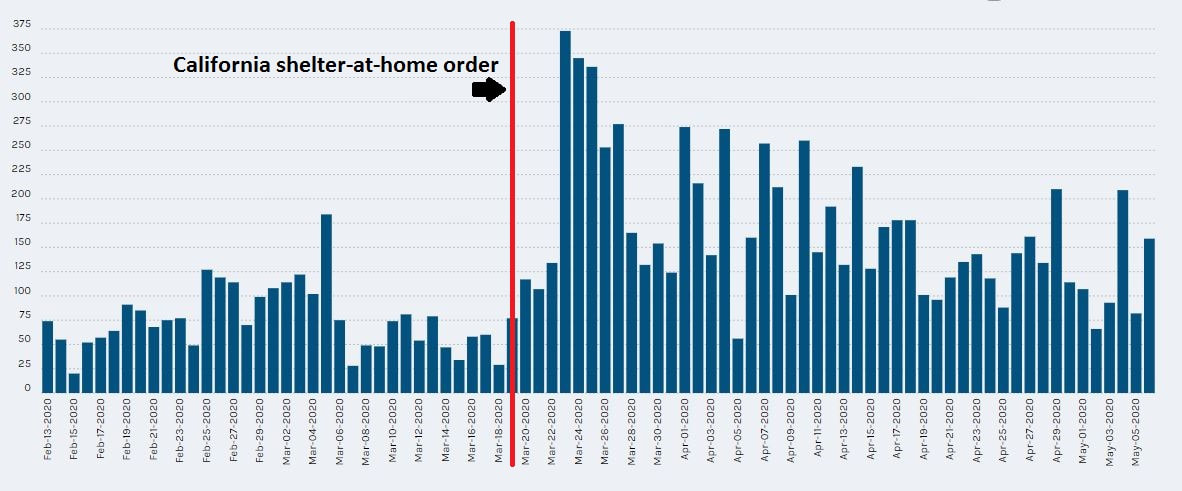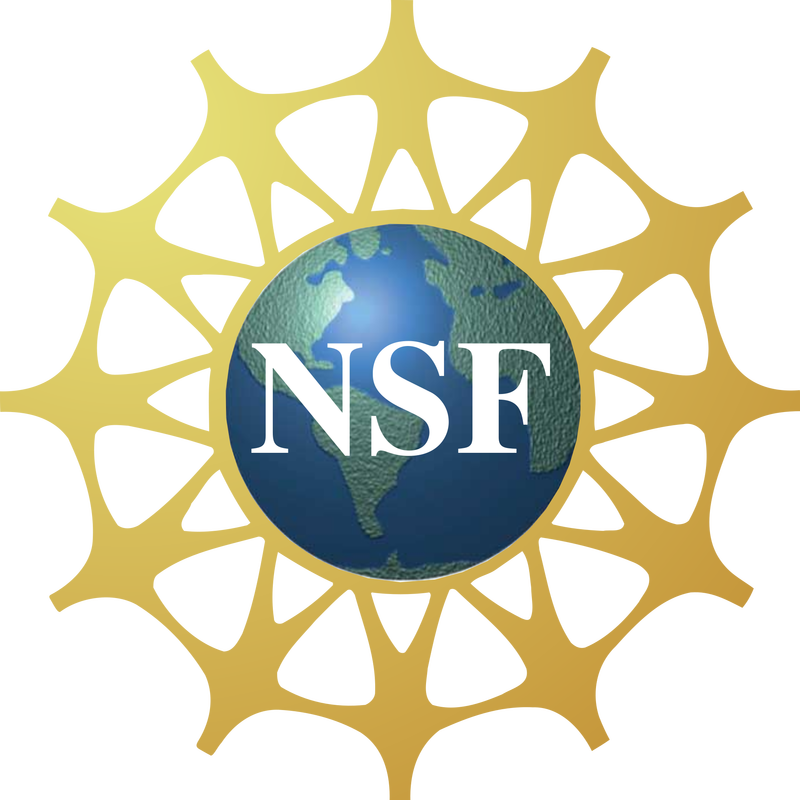While many herbarium collections across the state are sitting in silence, their curators, data managers, technicians, and volunteers are doing quite the opposite. Herbarium databases are a flurry of activity as faculty, staff, and citizen scientists take advantage of the past years of digitization efforts to create and expand herbarium specimen data. Thousands of the >560,000 specimens imaged by the California Phenology Network since January 2019 still need to have their label data entered in the database. These and many thousands more still need to be georeferenced—assigned latitude and longitude coordinates from the location data on the label. Each of these tasks can be done remotely, thanks to the California Phenology Network's online database (CCH2.org) and citizen science platforms like Notes from Nature.
Volunteers have especially showed up during these difficult times—a true testament to the passion and determination of hundreds of citizen scientists across the globe. (A few extra hours to spare can't hurt, too!) The graph below shows the daily number of transcriptions (specimens that have had their label data entered) on Notes from Nature since mid-February. Since the beginning of the shelter-at-home order in California (red line), transcription numbers have shot up and now remain consistently higher than before.
Students and staff who previously spent hours imaging specimens now find themselves at the computer, learning to transcribe label data and georeference specimen records. Weekly "Zoom office hours" bring these dedicated workers together from across the state to check in, ask and answer questions, and build synergy. In the words of the project manager: "We may be isolated, but we're not alone."
As California begins the long road to re-opening, on-site digitization activities at herbaria will slowly resume at a currently unknown rate. One thing is for sure: the herbarium community and plant enthusiasts are certainly not putting their time to waste.
To learn more about getting involved in at-home digitization activities, contact the CAP project manager, Katie Pearson.

